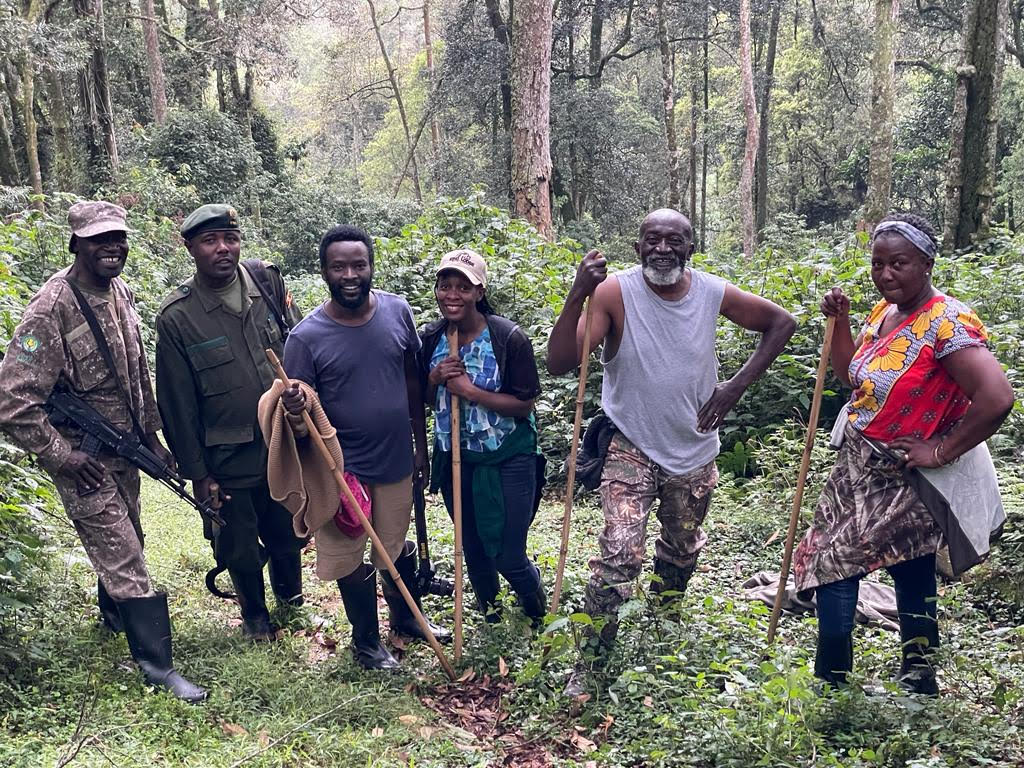Environmentalists launch 10-year plan to save endangered tree species

Environmental conservationists from different civil society organizations in Uganda pose for a photo in Fort Portal City on Monday. Photo | ALEX ASHABA
What you need to know:
- Among these species are; Diospyros Katendei, Encephalartos Whitelokii, Uvariokdendron Magnificum, and Euphorbia Stafii.
Environmental conservationists from various civil society organizations in Uganda, alongside government agencies, have launched a comprehensive 10-year plan to protect the endangered tree species which are at risk of extinction due to escalating human activities in both protected and non-protected areas.
Mr Godfrey Ruyonga, the Executive Director of Tooro Botanical Gardens, revealed that this conservation initiative was collaboratively developed by the Uganda Wildlife Authority (UWA), the National Forestry Authority (NFA), and other civil society organizations. Funding for the plan was provided by the Foundation Franklinia in partnership with Botanical Gardens Conservation International.
Uganda boasts of a rich biodiversity with 854 tree species, of which 65 have been evaluated and categorized as critically endangered, endangered, or vulnerable. Additionally, seven tree species endemic to Uganda are facing critical endangerment and require urgent conservation efforts.
Among these species are; Diospyros Katendei, Encephalartos Whitelokii, Uvariokdendron Magnificum, and Euphorbia Stafii.
Mr Ruyonga said that uncontrolled human activities such as charcoal burning and logging, have led to the extinction of numerous medicinal trees and other valuable species in both protected areas and public land.
"We have taken care of all animals in national parks and forests but we have neglected plants, and this time we are shifting our focus to them. We don't know the status of some of the plants we are conserving. Under this new plan, we want to determine where these plants exist and what level of protection they require," he said.
They will be providing subsidized or free seedlings of much-valued tree species like Mahogany and other medicinal trees to the public, along with education on conservation practices, to encourage widespread planting and protection.
Prof James Kalema from Makerere University's Department of Plant Sciences noted there are threats facing over 450 forest tree species, with around 50 currently under imminent risk of extinction due to activities such as timber harvesting, fuelwood collection, and encroachment on protected areas.
"There is a high likelihood that all the tree species that are under threat will disappear from our natural environment because many individuals are cutting these trees to get timber, fuelwood, and other products. Moreover, human beings have encroached on a significant portion of protected areas," he said.
Prof Kalema said the existing environmental laws are facing challenges, stressing the need for the economic framework of the country to be in harmony with these laws. He advocates for sustainable livelihoods that do not encroach upon the ecosystem.




